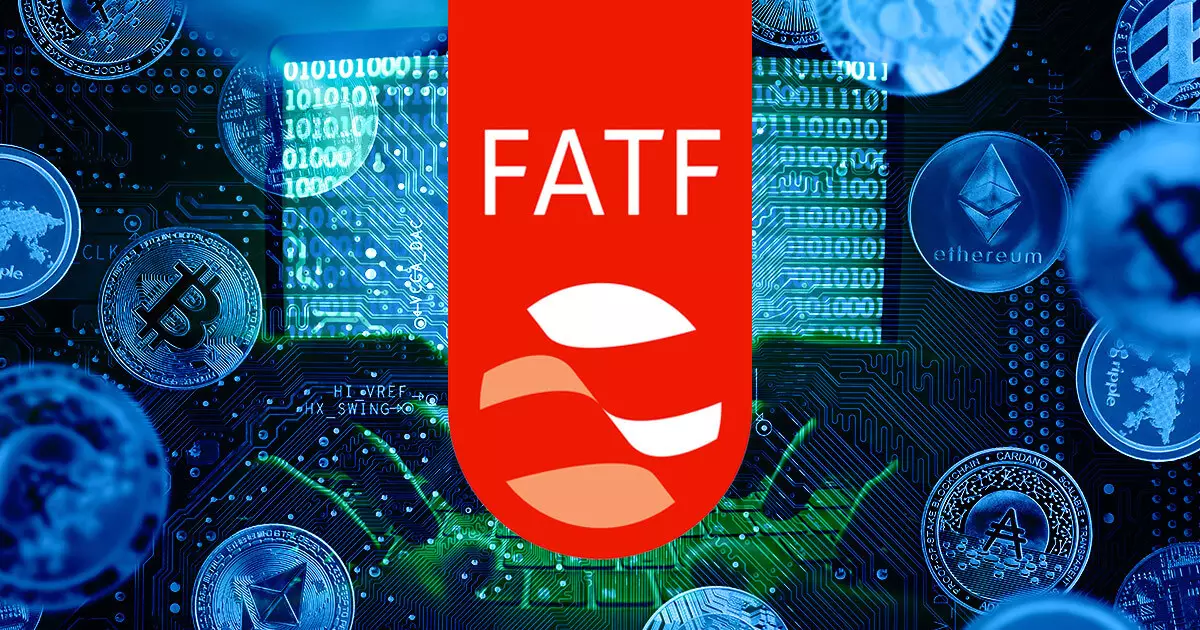The narrative that global regulators are effectively containing the risks of virtual assets and cryptocurrencies is, at best, overly optimistic and, at worst, dangerously misleading. While there has been some legislative movement, such as the widespread adoption of the Travel Rule in 73% of jurisdictions surveyed by the Financial Action Task Force (FATF), the reality on the ground reveals a patchwork of half-hearted enforcement and regulatory inertia. Passing laws is easy; enforcing them is an uphill battle many countries have yet to seriously confront. Alarmingly, nearly 60% of nations that have enacted these laws have not even issued compliance reports or directives, indicating a troubling disconnect between regulation on paper and real-world impact.
The Stablecoin Pandora’s Box
Stablecoins, often touted as a safer harbor in the volatile sea of cryptocurrencies, have ironically turned into the Trojan horse for illicit activity. Their allure—low transaction fees, rapid settlements, and broad liquidity—has made them the preferred conduit for money laundering, fraud, and cyber theft. The FATF’s report highlights stablecoins as the dominant channel for illicit on-chain activity, reflecting a shift that regulators have been slow to grasp. This is no mere technicality; stablecoins’ rapid growth, with over $30 trillion in volume tracked last year, has outpaced regulatory frameworks and created fertile ground for elaborate fraud schemes including “pig butchering” scams that prey on victims with cold digital precision, increasingly powered by AI-driven deception.
A Cat-and-Mouse Game With Cybercriminals
North Korean hacker groups stealing a staggering $1.46 billion from a single crypto exchange underlines the sheer scale of the challenge. The sophistication involved—social engineering, extensive laundering networks involving more than 125,000 Ethereum wallets—is a clear testament not only to the criminals’ ingenuity but also to the vast gaps in regulatory and technological defenses worldwide. Recovering barely 3.8% of those stolen assets encapsulates the helplessness of authorities chasing shadows in a decentralized ecosystem. This catastrophic failure isn’t just a cybersecurity issue; it reflects a systemic inability to enforce financial discipline in virtual asset ecosystems.
Regulatory Fragmentation: The Root of Vulnerability
Despite these warnings, regulatory compliance remains spotty. No more than one jurisdiction is fully compliant with FATF’s stringent Recommendation 15 on virtual asset oversight. With nearly half of surveyed countries lingering in partial compliance and a fifth entirely non-compliant, the crypto sphere remains a largely unregulated frontier ripe for exploitation. The reluctance or inability of regulators to aggressively license and enforce accountability for virtual asset service providers (VASPs) only exacerbates the problem. Decentralized Finance (DeFi), touted as finance’s next revolution, presents an even murkier landscape. While roughly half of authorities demand registration from DeFi projects with identifiable control, practical enforcement rarely follows through—leaving vast swaths of financial activity beyond the reach of oversight.
The Urgent Need for Pragmatic Regulation
The blunt truth is that without a coordinated, pragmatic, and enforceable approach to crypto regulation, the risks of illicit finance will continue to spiral out of control. The FATF’s cautious roadmap to tackle stablecoins, offshore VASPs, and DeFi is necessary, but it must translate into rapid and decisive action. Crypto represents both innovation’s promise and peril—and it is incumbent on regulators to strike that delicate balance. The global crypto community deserves not hollow gestures or lofty reports but concrete measures to secure financial integrity without stifling growth. Otherwise, stablecoins and DeFi will remain a wild west where criminals thrive and honest investors lose hope.



















Leave a Reply